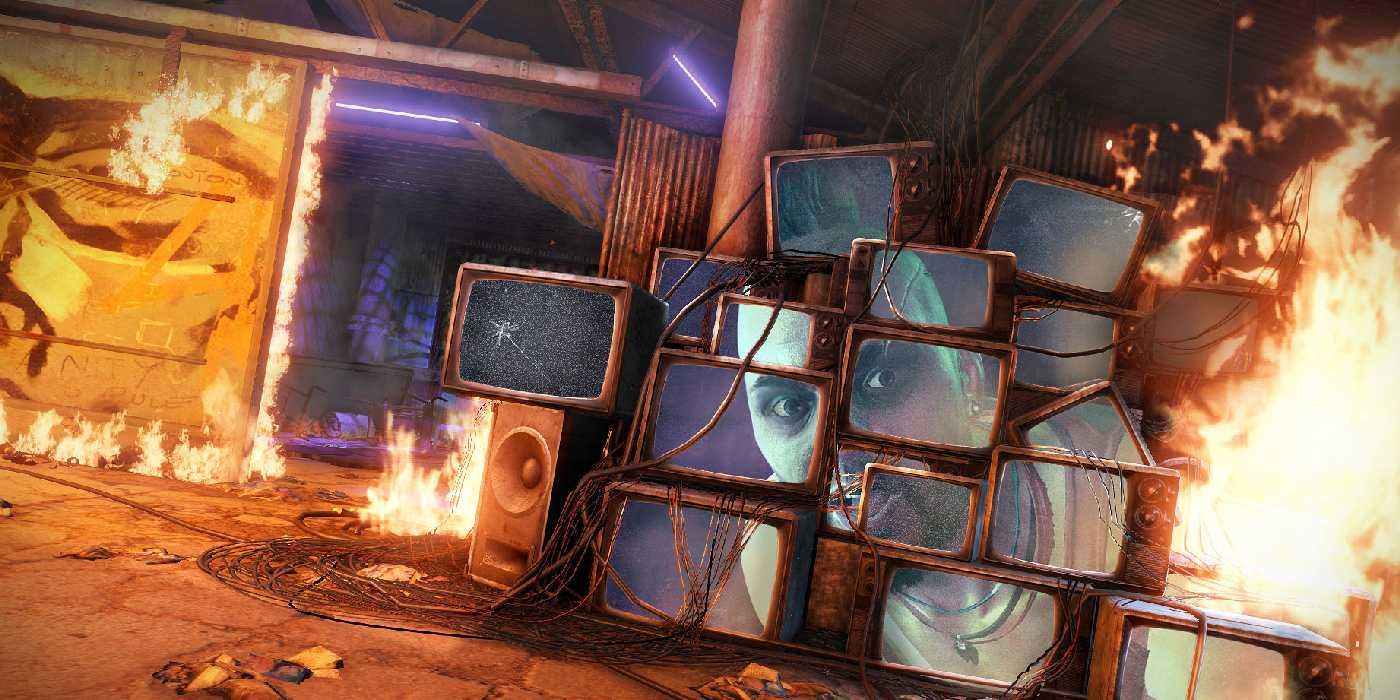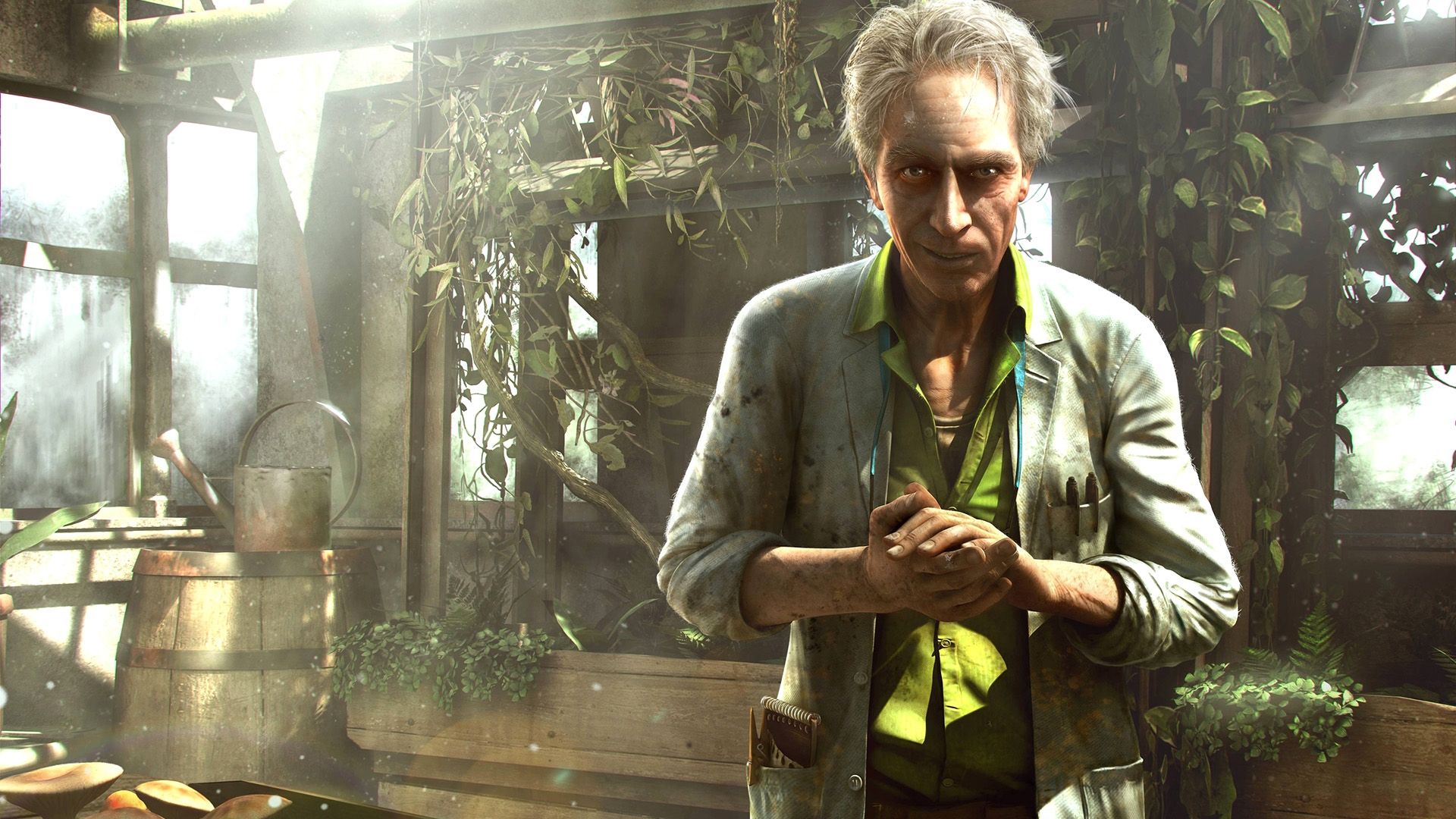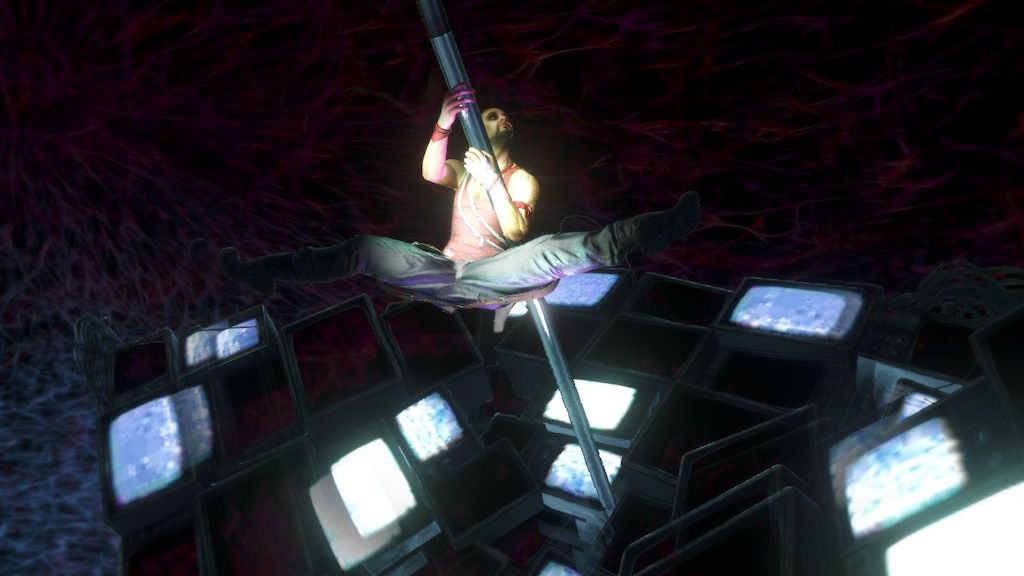Far Cry 6 is in development and will take players to the fictional Caribbean island of Yara, ruled over by Anton Castillo. He is a new villain who will be played by Giancarlo Esposito, best known for Breaking Bad and his more recent role as Moff Gideon in The Mandalorian.
While the Far Cry games have been well known for their strong villainous performances, there’s one aspect of the games that Far Cry 6 should return to that featured heavily in Far Cry 3. This feature brings out some of the most interesting themes of the third game, while presenting players with some of its best set-pieces and memorable moments.
Far Cry's Trips
Many of the Far Cry games have involved drug trip sequences, including Far Cry 5. Few of the games, however, have taken the opportunity to make them as visually interesting or woven into the main themes of the plot as they are in Far Cry 3.
Far Cry 3 has a recurring motif: Vaas, brought to life by Michael Mando, is constantly talking about “the definition of insanity.” This is based on a misattributed Einstein quote which claims that the definition of insanity is doing the same thing over and over again and expecting things to change. Vaas’ claims about the definition of insanity can be applied to the actions of the player character Jason Brody as much as himself.
Ripped from his privileged rich-kid life and faced with the murder of his brother, the story of Far Cry 3 is one of a man who transforms into a violent killer while failing to see that his actions only bring more violence into the world. This is particularly prescient if players choose to kill Liza at the end, which in turn leads to Jason’s own death as the cycle of violence continues, changing nothing and even failing to save his friends: the definition of insanity.
Far Cry's Themes
While some of the other Far Cry games since have certainly had mentally unstable villains, few have more successfully explored the mental states of the protagonist and the villain and their relationship using trip sequences than Far Cry 3. The drug trip sequences in Far Cry 3 aren’t just there to introduce interesting visuals.
The trip sequences takes the setting of Far Cry 3 from the Rook Islands and elevates it and the player to a mental plane which sets the stage for a battle of two minds, Jason’s and Vaas’s. The game uses one trip to directly ask "what kind of man are you," while a figure holding a gun to his head flickers between being Vaas and Jason. In the good ending of the game where Jason rescues his friends and leaves the island, mercy is shown to be the only way to escape the maelstrom violence that both Jason and Vaas have perpetrated by that point in the story. It is only a final attempt on Jason's life which inadvertently brings about the last moment of violence in the story, the death of Citra.
Far Cry 6 has already shown that it will be a game which engages in some intense philosophies – the Far Cry 6 trailer shows Castillo putting a grenade into the hands of his young son, forcing him to hold the handle down to stop it exploding while his father waxes lyrical about his world view. While the drug sequences in past Far Cry games have led to some visually interesting moments, Far Cry 6 should expand upon what it means for the game's setting to move into a representation of someone’s mind, and what that can say about the philosophies and mindsets at play in the plot.
As such, any drug sequences in Far Cry 6 should be realized very differently than those in Far Cry 3 and the ways they dealt with the relationship between Jason and Vaas, particularly late in the game. Nonetheless, by realizing the full potential of its trip sequences like Far Cry 3 did, Far Cry 6 has the opportunity to explore its characters – not just its aesthetics - on a whole new level.
Far Cry 6 is in development for PC, PS4, PS5, Stadia, Xbox One, and Xbox Series X.



